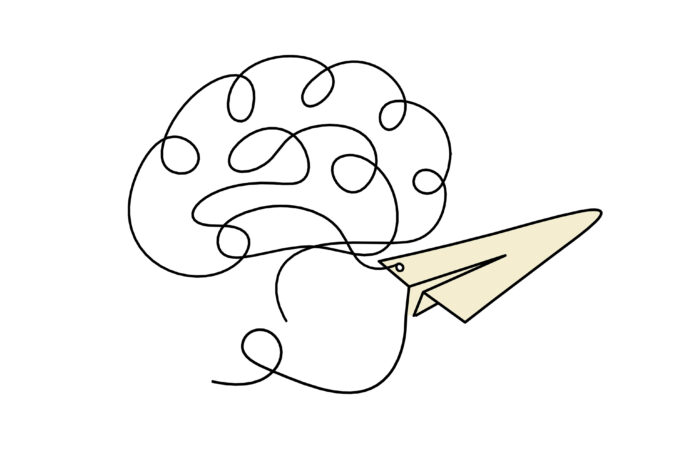I tend to think of advocacy as efforts directed at outside entities, including federal, state and local legislative bodies. However, recent events have broadened my thinking about this. Because of my seniority and recent retirement from active practice, I have been invited to give several high-profile presentations that are directed internally within neurosurgery. I had to think about how to advise our future leaders, mentors and practitioners to better understand our unique specialty, social contract and culture. These features are precious but FRAGILE. These principals must be understood, honored and perpetuated, or they will be lost over time. That would be a grave disservice to the public. These four vignettes highlight elements of our unique culture and responsibility to those we serve.
Advocacy for PATIENT SAFETY MUST be prioritized. When Rich Ellenbogen and I took over the NFL Head, Neck and Spine Committee, one of our first action items acts was to consult airline safety leaders to help get our arms around the complexity of diagnosing concussion in the NFL stadium. They were extremely helpful, and we adopted many of their practices.
Consider the facts: For every 1 million consecutive airline flights worldwide, the number of plane crashes will be 0.06. Eight hundred fifty million passengers in the US fly airlines each year. The last plane that crashed was in 2009 in which 49 passengers died. The risk of a US passenger dying in a crash is between 1 in 7 million and 1 in 11 million.
What about health care risks? The CDC and IOM in 1999 suggested that 98,000 Americans die each year from medical errors. Johns Hopkins investigators and the AHRQ have revised that estimate to 250,000 US deaths per year due to errors in using death certificates for diagnosis. Since 2009, 3.5 million Americans have died of medical errors while there have been zero deaths from airline crashes.
The data suggests that we have much to learn from the airline industry. After the Teneriffe (Canary Island) disaster in 1977 due to pilot error, Crew Resource Management led to the extraordinary results noted above. The current US medical system and its patient safety methodology pits specialties against each other and nurses against physicians without adequately protecting our patients. We should consider looking at patient safety from a new perspective; airline safety would be a good start.
Advocacy for NS RESIDENTS is a no-brainer. I often state “when the s… hits the fan, find a NS resident.” This was critical to me when I suffered a PE after a spinal cord injury. When patients are concerned about residents being involved in their care, remind them that the 24/7/365 onsite responsiveness and expertise of junior colleagues plays a role in the outcomes associated with and expected from academic centers. When conflicts arise with other services, always trust the NS resident until proven otherwise. Trust the “boots on the ground” in the ER unless you suspect that the NS resident has not actually seen the patient. The “boots on the ground” understand that evaluations are not snapshots but trendlines with family input and GESTALT.
We should advocate fiercely to KEEP OUR STANDARDS HIGH. Beware of the desires of regulators to achieve homogeneity; while this makes the regulators’ jobs easier, it does so at the expense of LOWERING NS standards. I remember a statement by Tom Nasca, chief executive officer of the ACGME, early in my RRC career in which he stated that NS standards are higher and they must always be. NEUROSURGERY IS DIFFERENT. The toll of our errors on our patients is unacceptably severe. We must maintain a zero tolerance and eliminate anything in our way.
We should be advocates for PROTECTION OF YOUTH AND ADULT ATHLETES from concussion. A neurosurgeon patented the first brain protective device following a near fatal injury to Pee Wee Reese at Wrigley Field in 1940. Unfortunately, the device was published in Popular Mechanics; the inventor was called “Phillip” Dand. Neurosurgeons are more knowledgeable about brain injury than any other specialist. We must advocate for player safety in our practice communities and educate the public about the disastrous second impact syndrome in children and the importance of helmets in bicycling. CTE is an extremely rare condition and only diagnosed post mortem. Depression, substance abuse and seizures are much more common and must be treated. Former athletes must be cared for, not labeled with CTE, and neurosurgery must lead the way.







